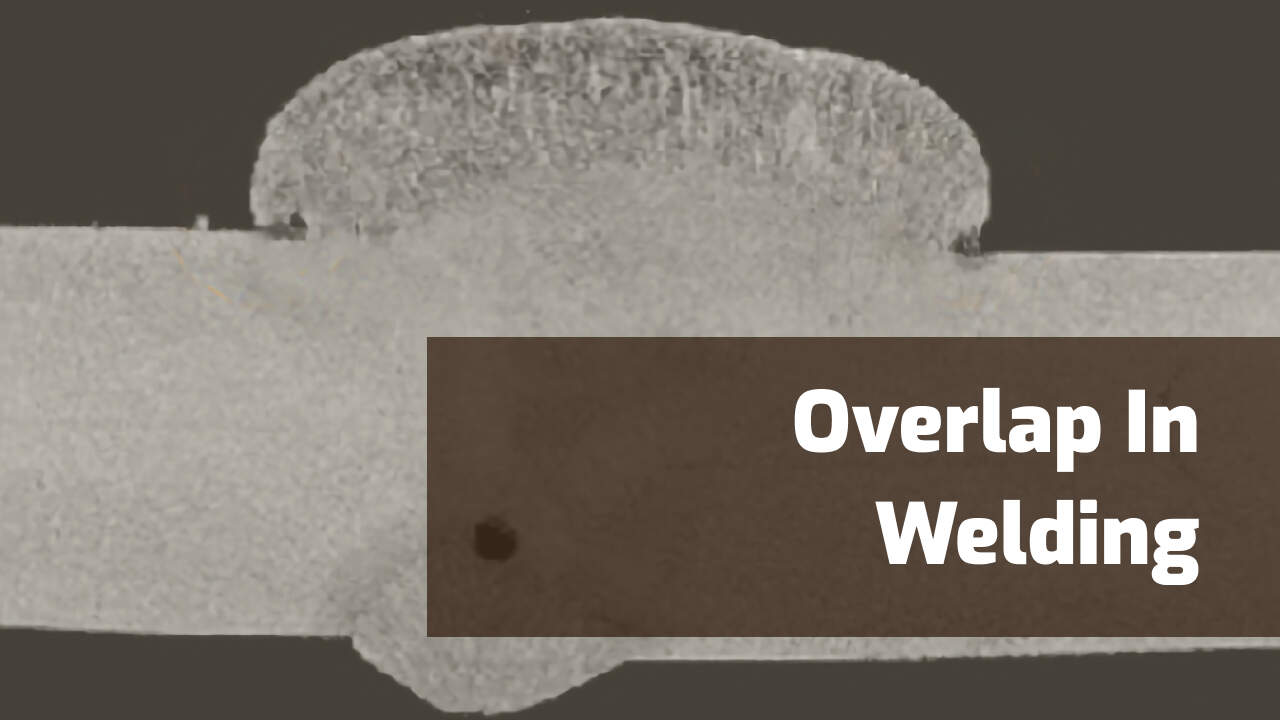Step-by-Step Guide to Preventing Weld Undercut in Different Metals
Step-by-Step Guide to Preventing Weld Undercut in Different Metals
Blog Article
Necessary Tips for Welders: Preventing Undercut Welding and Ensuring Stronger Weld Joints
In the world of welding, accomplishing durable and strong weld joints is the cornerstone of producing high-grade work. One usual difficulty that welders often run into is undercut welding, which can endanger the integrity of the weld joint.

Understanding Undercut Welding
Undercut welding is a typical welding problem that occurs when the weld metal falls short to correctly fill the groove and leads to a groove-like depression along the weld bead. This issue compromises the weld joint, making it at risk to breaking and failure under stress and anxiety. Undercutting can be brought on by various aspects, consisting of excessive welding present, high welding rate, improper electrode angle, inaccurate electrode dimension, and inadequate welding technique.
One of the major factors for undercut welding is a discrepancy in between the welding present and the welding speed. If the welding current is expensive or the welding speed is as well quick, the weld metal might not appropriately load the groove, resulting in damaging. Additionally, using an electrode that is as well big can cause a comparable outcome, as the excess metal can not correctly stream right into the groove.
To protect against undercut welding, welders should ensure they are using the appropriate welding specifications, keep an ideal electrode angle, pick the ideal electrode dimension, and practice proper welding techniques. By dealing with these elements, welders can reduce the danger of undercutting and produce more powerful, a lot more trusted weld joints.
Correct Welding Strategy
Efficient welding technique plays an essential role in making certain the top quality and integrity of weld joints. One basic aspect of proper welding strategy is preserving the appropriate angle and distance between the welding weapon and the work surface.
In addition, a regular and stable hand movement is necessary for developing solid and sturdy weld joints. Welders must go for smooth, uniform movements to make sure even circulation of the weld material. Correct adjustment of the welding gun and filler product is likewise essential to accomplishing ideal penetration and combination.
In addition, controlling the warmth input and selecting the suitable welding specifications based on the material being welded are important consider accomplishing high-grade welds - Preventing weld undercut. Welders must follow the recommended settings given by welding procedure specifications and change them as required based upon the certain needs of the job. By mastering proper welding methods, welders can substantially enhance the stamina and dependability of their weld joints
Choosing the Right Electrode
When considering the significance of choosing the right electrode in welding applications,Preserving the correct angle and range in between the welding gun and the workpiece is fundamental. The option of electrode plays an essential duty in identifying the high quality and toughness of the weld joint. Electrodes are available in various kinds, each made for certain functions and products.
First of all, choosing the proper electrode diameter is necessary. Thinner electrodes are appropriate for welding thin materials, while basics thicker electrodes are better for thicker products and greater warmth applications. Matching the electrode diameter to the thickness of the work surface aids accomplish a balanced weld.
Second of all, understanding the material structure of the electrode is essential. Different electrodes are created for welding specific products like steel, stainless steel, aluminum, or cast iron. Using the proper electrode product makes sure excellent combination and reduces the danger of issues in the weld.
Finally, considering the welding placement and method is vital when choosing the electrode kind. Specific electrodes are much better suited for vertical or overhead welding settings, while others work well for flat or horizontal settings. Selecting the best electrode based on the welding strategy enhances the total weld quality and honesty.
Preparing the Base Steel
To guarantee an effective welding procedure, what first actions should be taken when preparing the base steel for welding? Additionally, any kind of existing weld material or deposit from previous welding ought to be gotten rid of to make certain a clean surface for the brand-new weld.

Performing Post-Weld Assessments

After conducting these assessments, welders must contrast the outcomes against market criteria and task needs to make sure that the weld joint satisfies all required criteria. Any kind of inadequacies or discrepancies discovered throughout the post-weld assessment ought to be promptly resolved through appropriate rehabilitative discover this info here procedures to ensure the weld's integrity. By faithfully doing post-weld evaluations and without delay attending to any concerns, welders can maintain the quality and integrity of their work, inevitably contributing to the safety and longevity of the bonded structures.
Conclusion

In final thought, preventing undercut welding and making certain stronger weld joints require a mix of proper welding strategy, choosing the ideal electrode, preparing the base metal properly, and conducting post-weld assessments. By understanding the root causes of undercut welding and implementing the needed precautions, welders can create high-quality weld joints that satisfy sector standards and guarantee the architectural integrity of the welded parts.
Undercut welding is a common welding problem that takes place when the weld steel fails to appropriately load the groove and results in a groove-like depression along the weld bead (Preventing weld undercut). Damaging can be created by various elements, consisting of too much welding existing, high welding speed, improper electrode angle, wrong electrode size, and poor welding method
One of the primary factors for undercut welding is an inequality between the welding current and the welding speed. If the welding current is as well high or the welding rate is also quickly, the weld steel might not try this web-site properly fill up the groove, leading to damaging.Preserving the proper angle and range in between the welding weapon and the work surface is basic when taking into consideration the significance of selecting the ideal electrode in welding applications.
Report this page